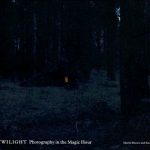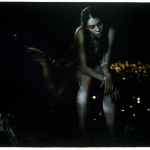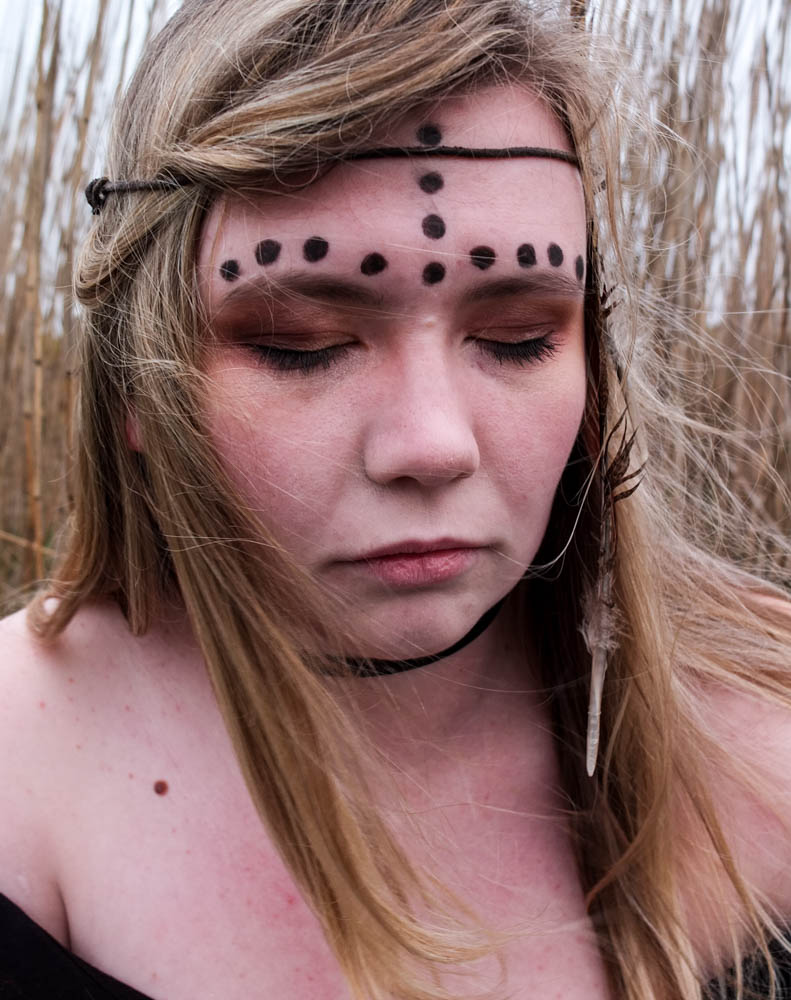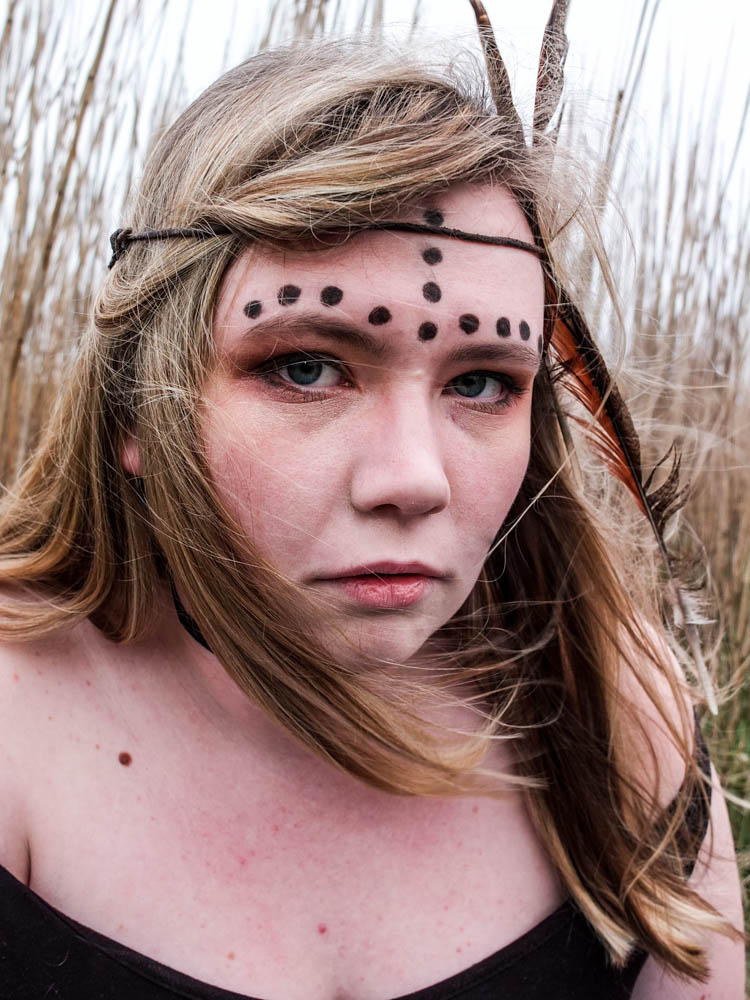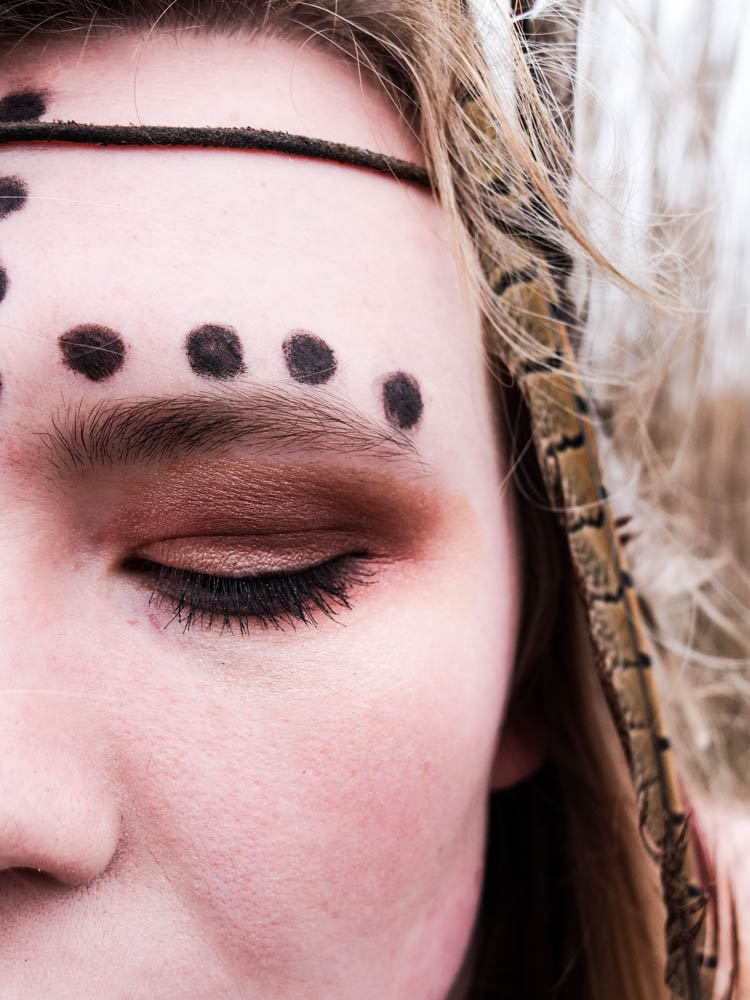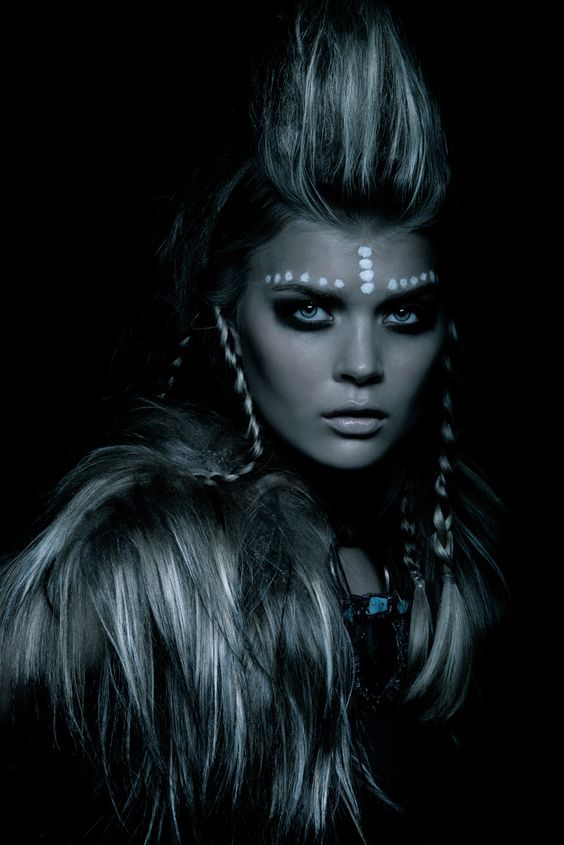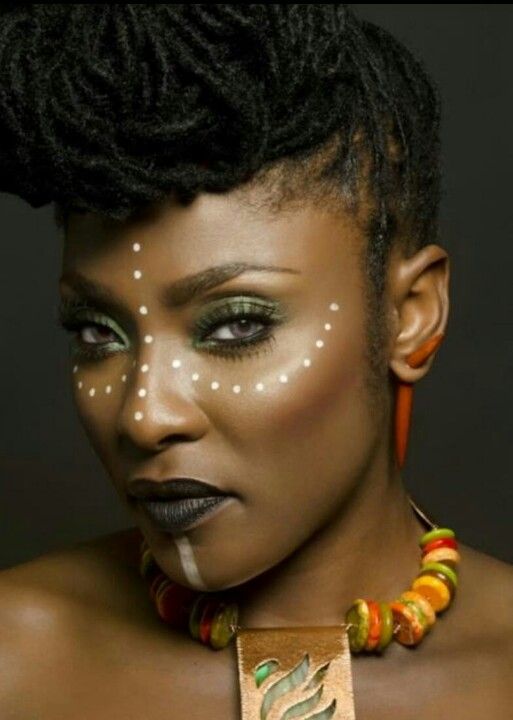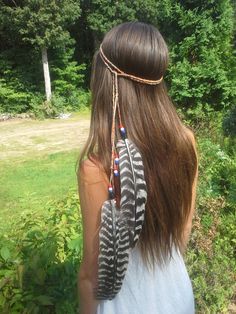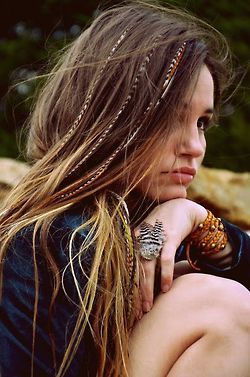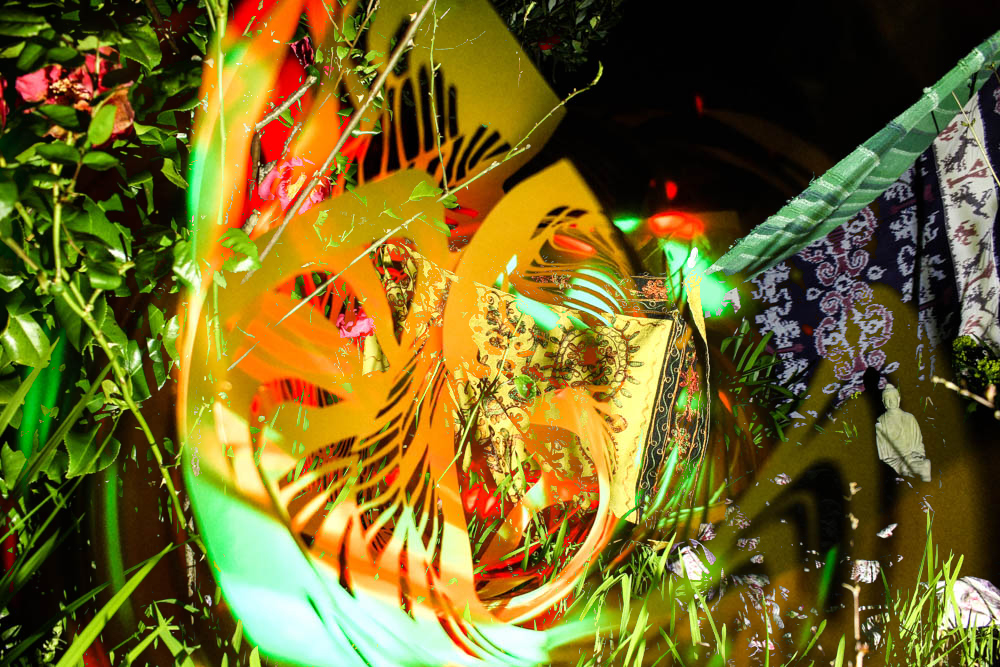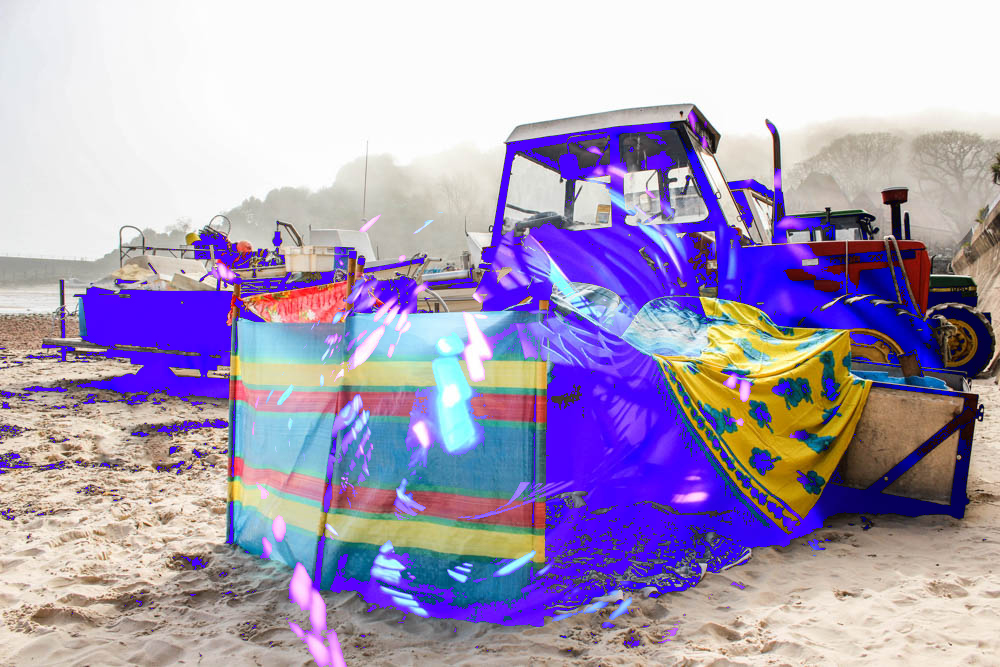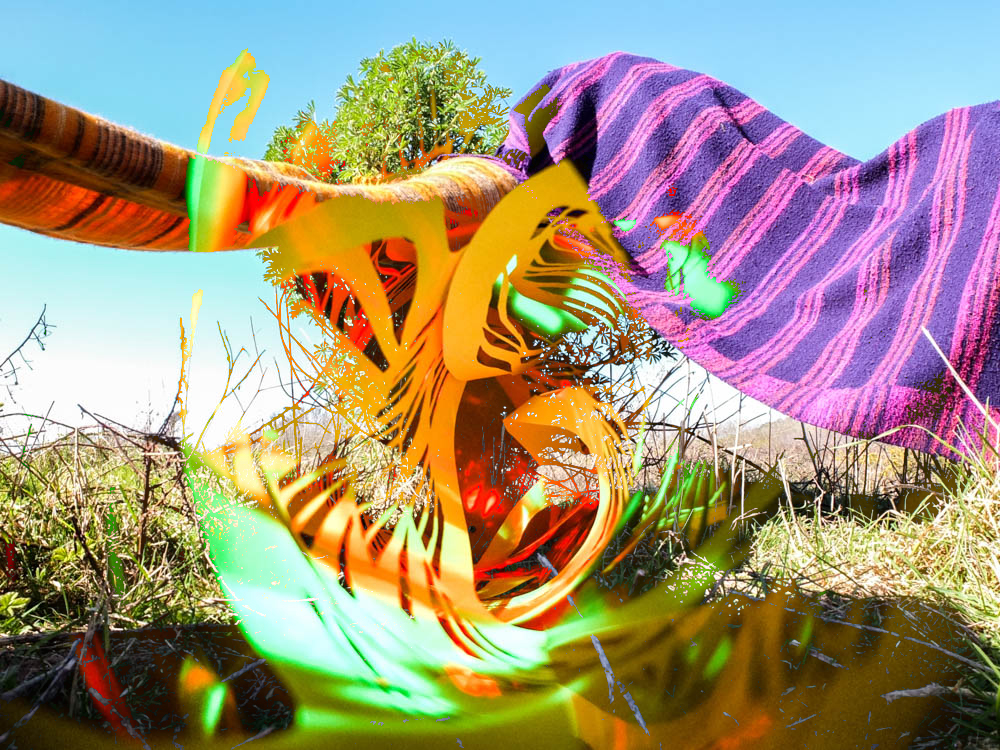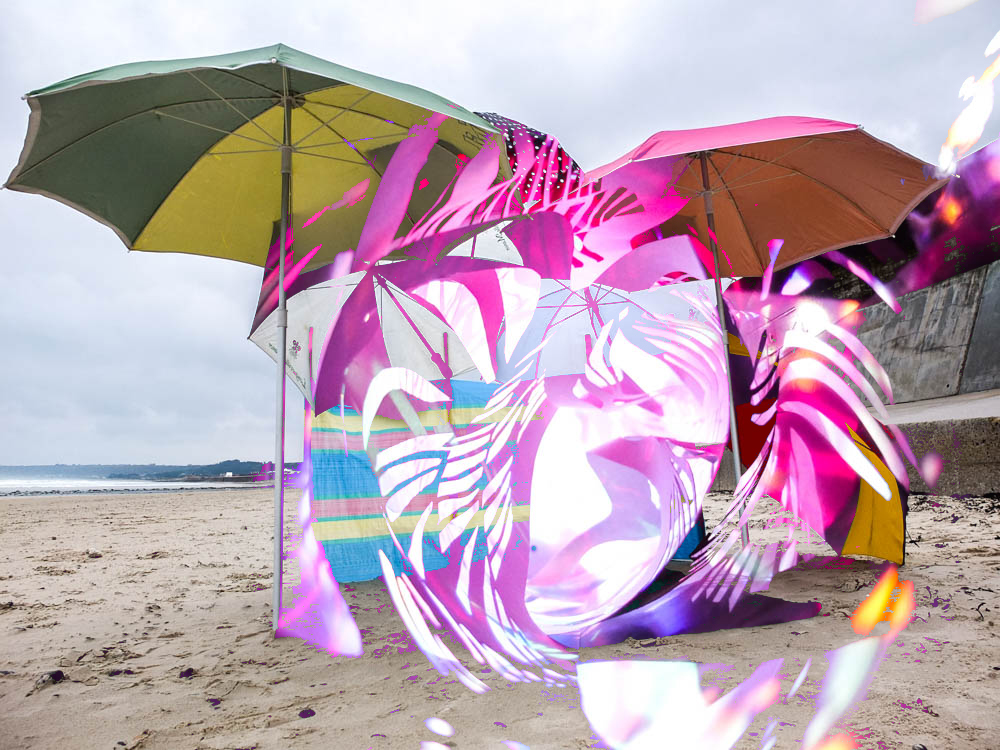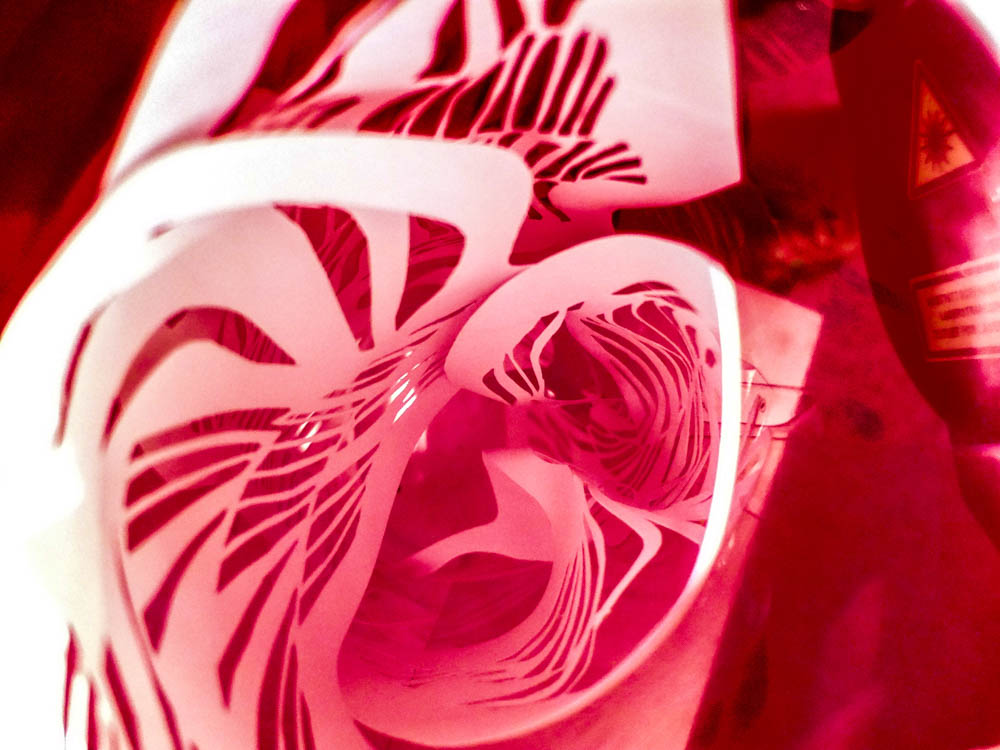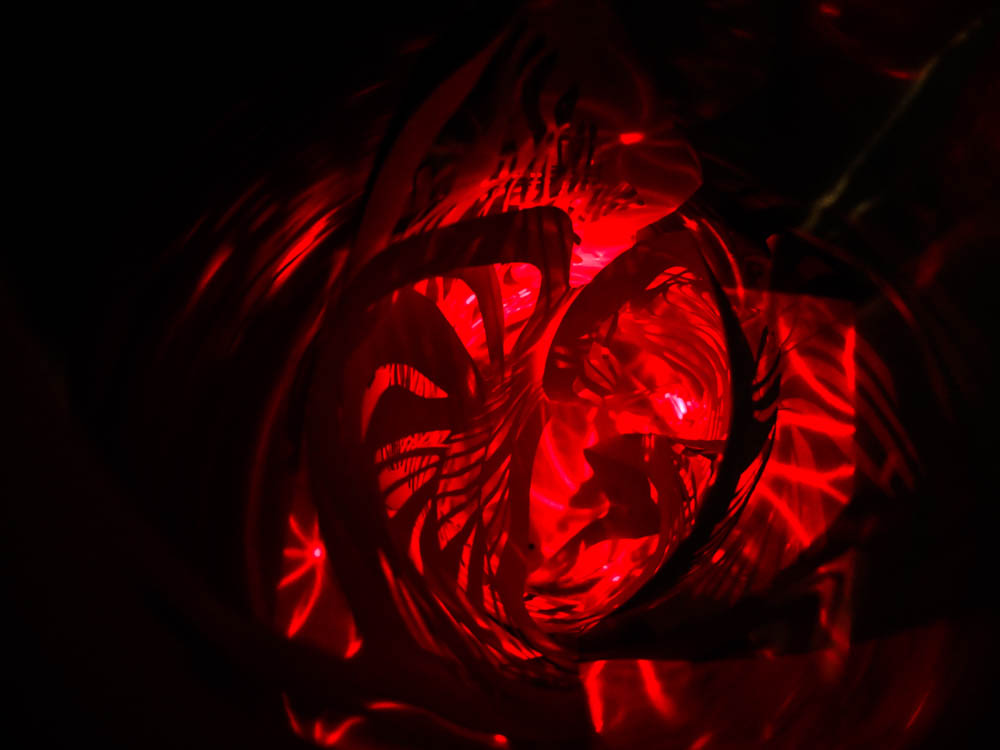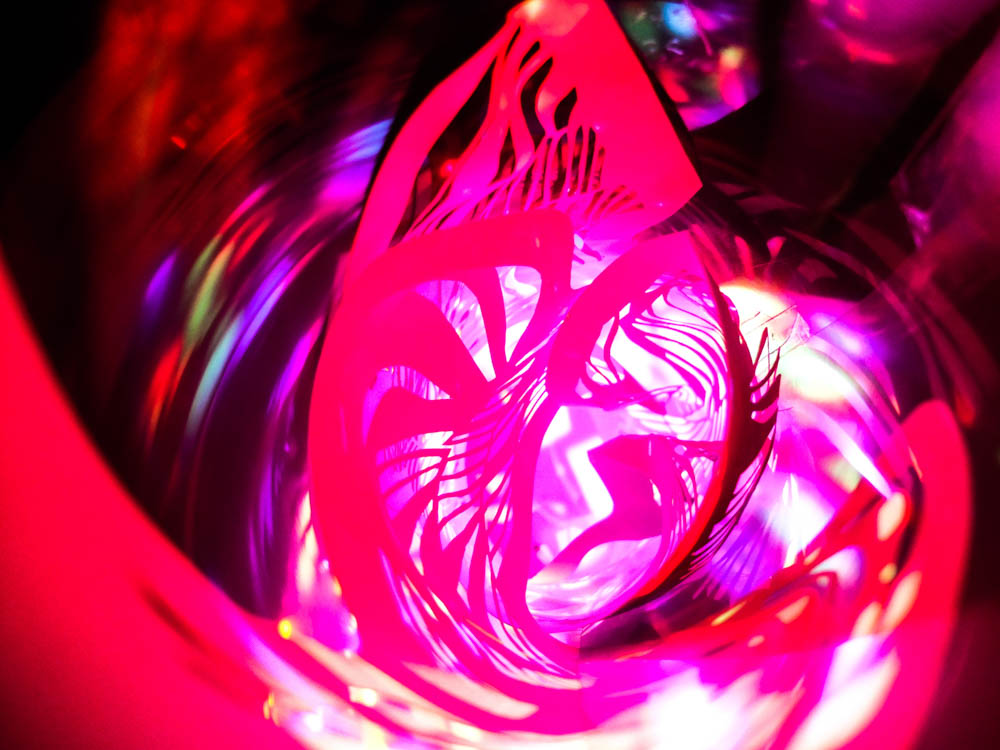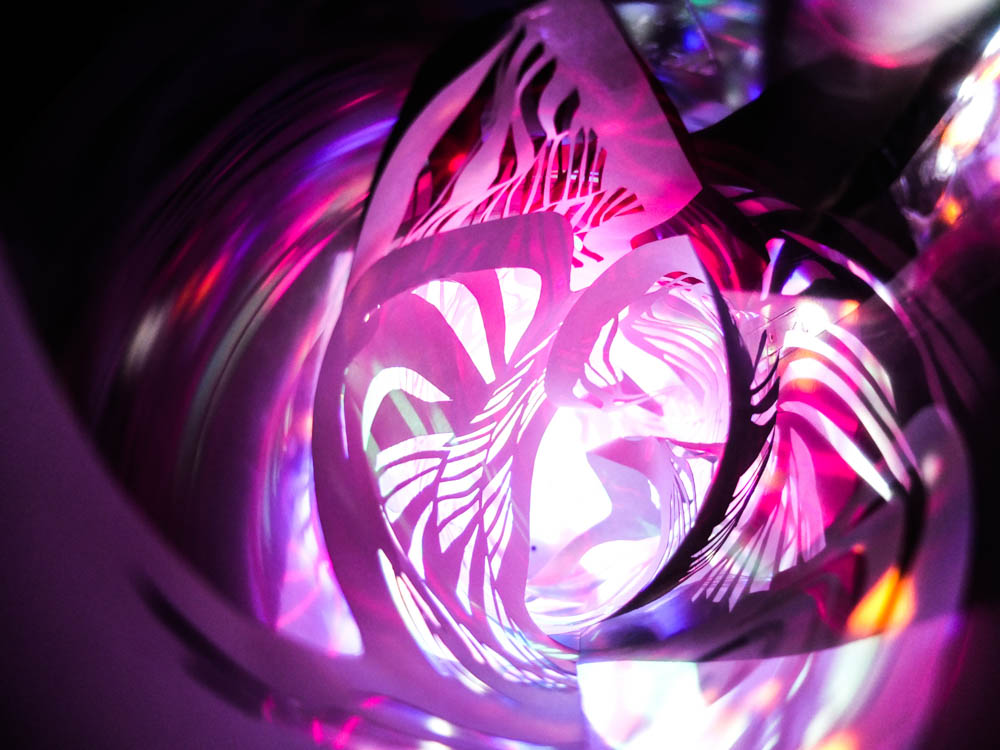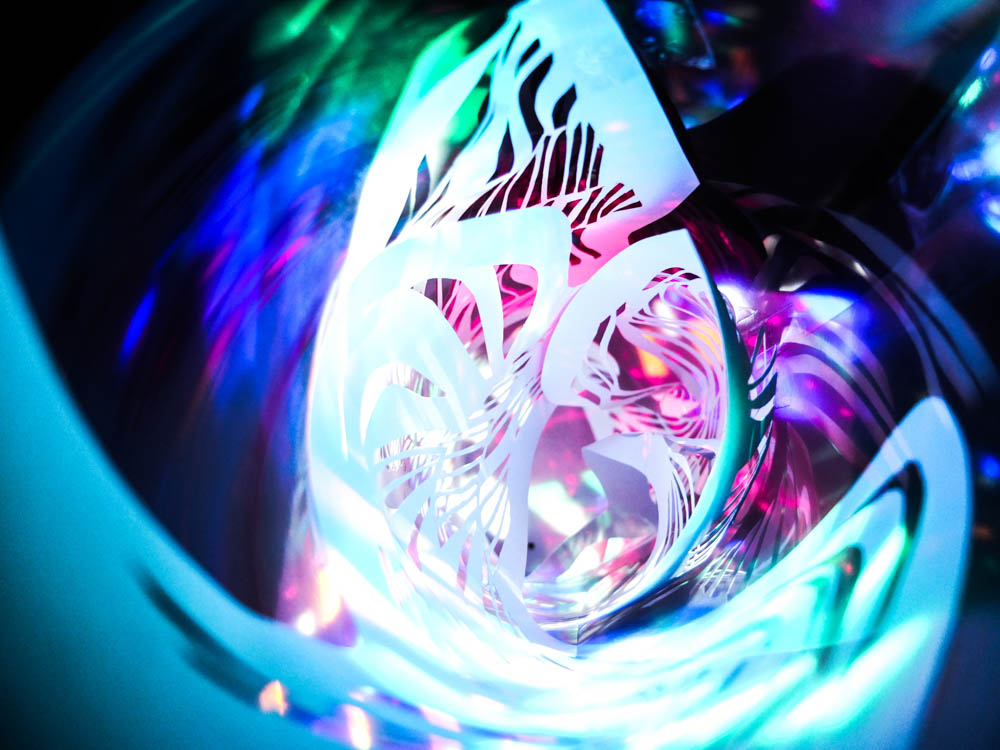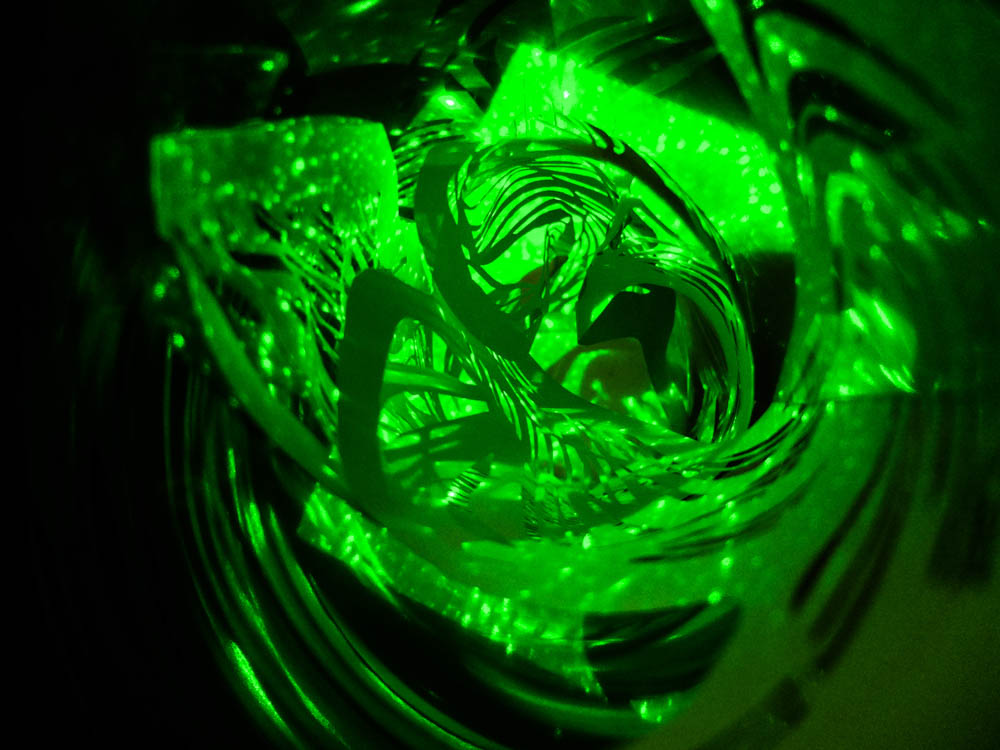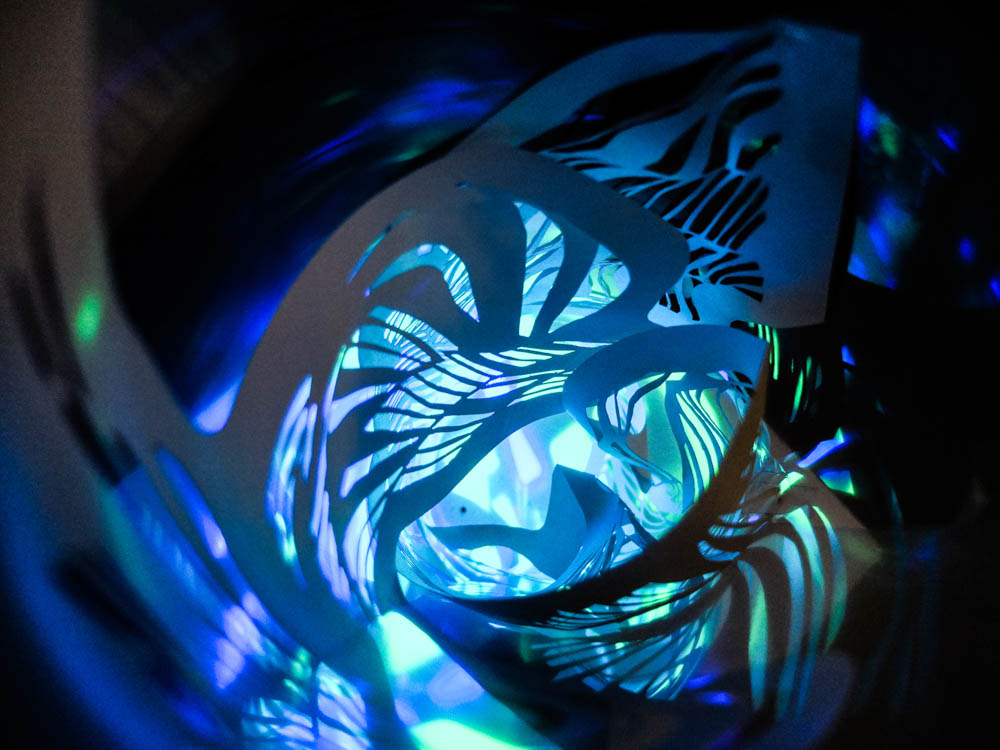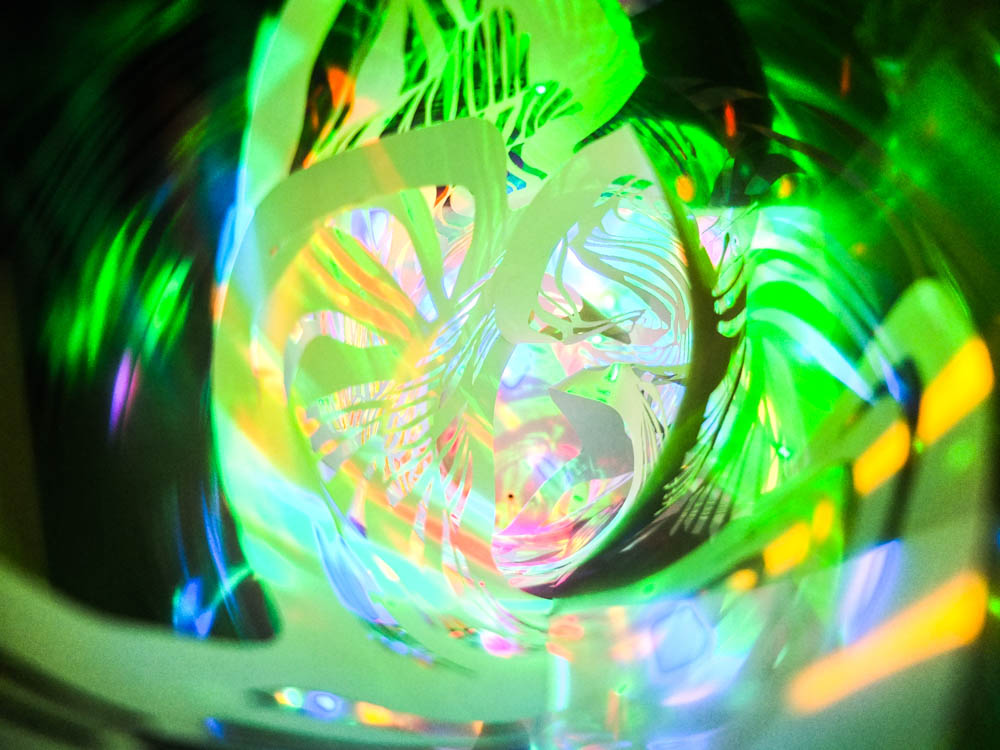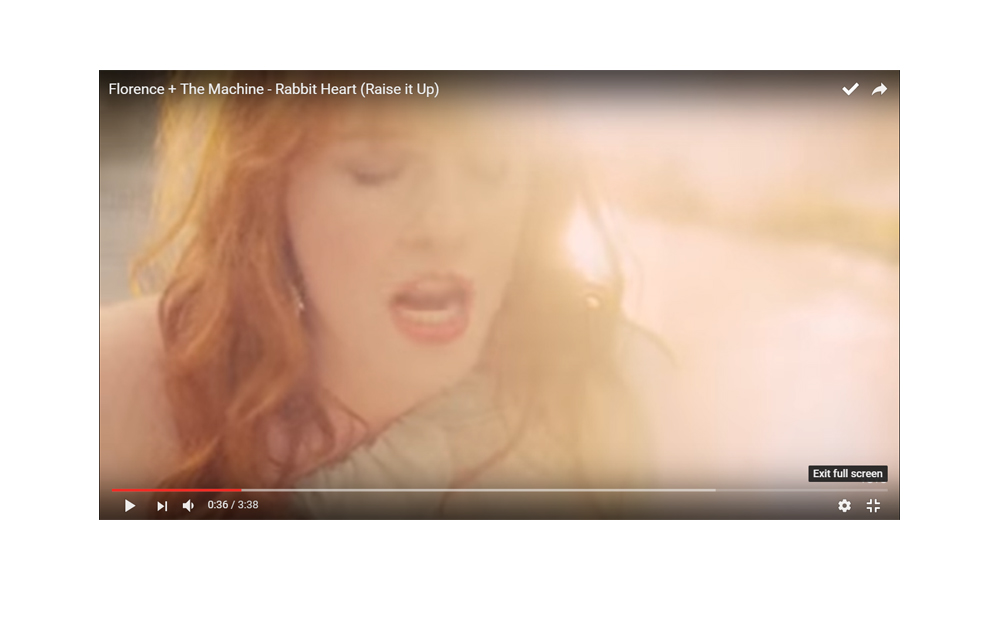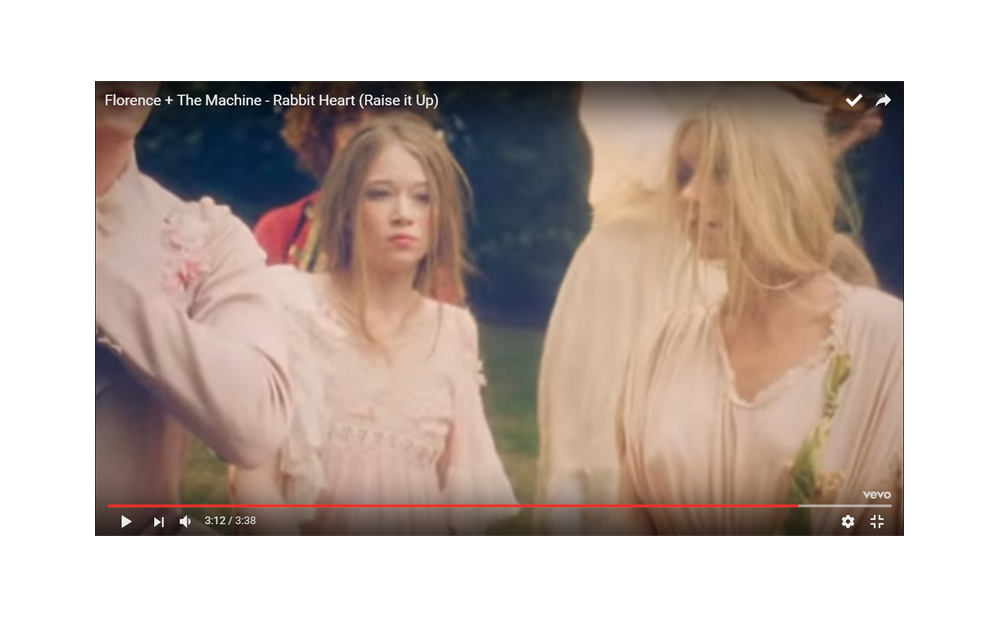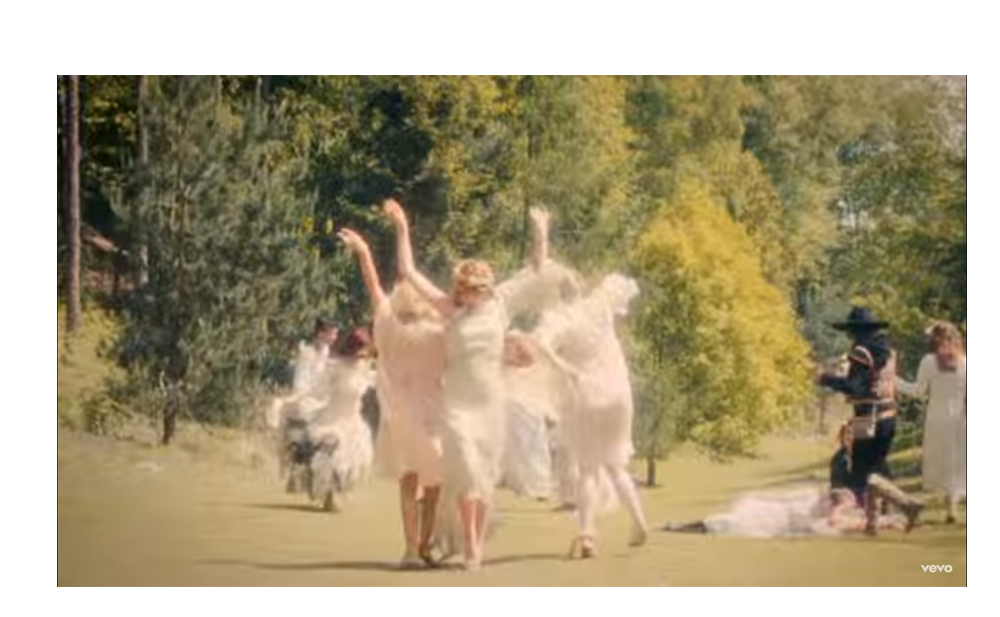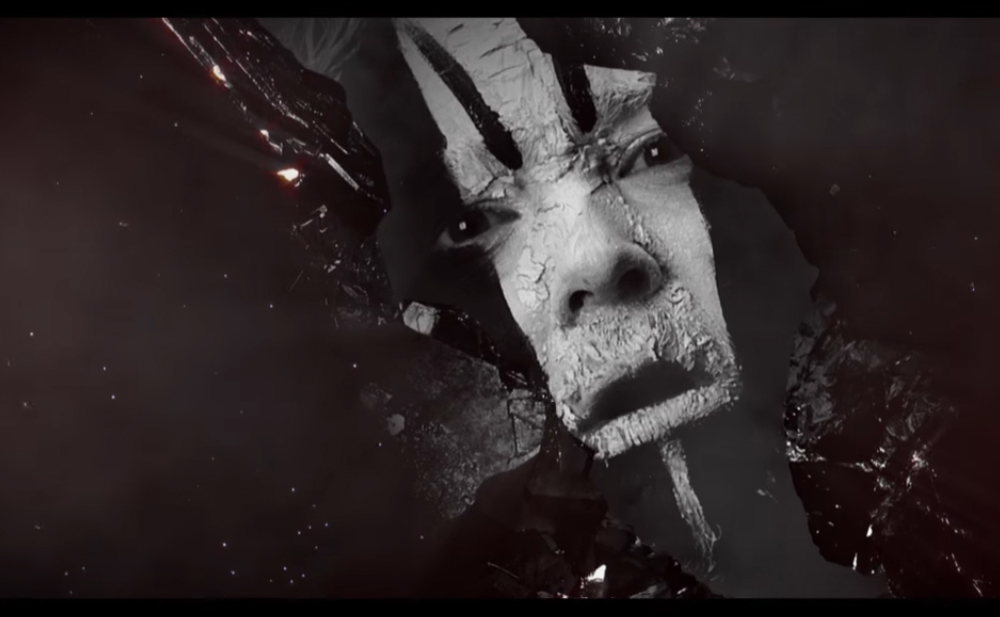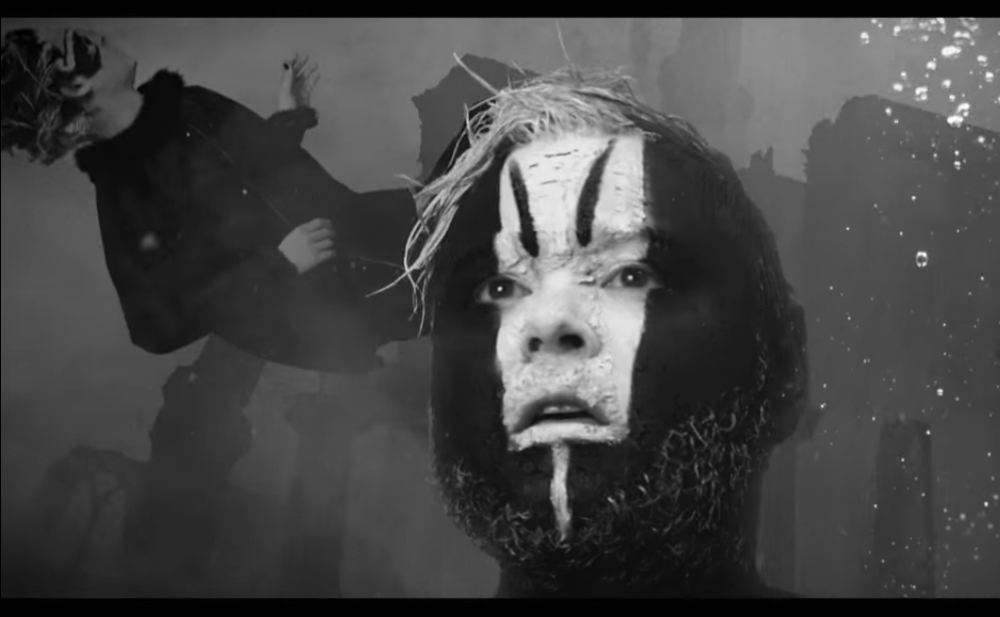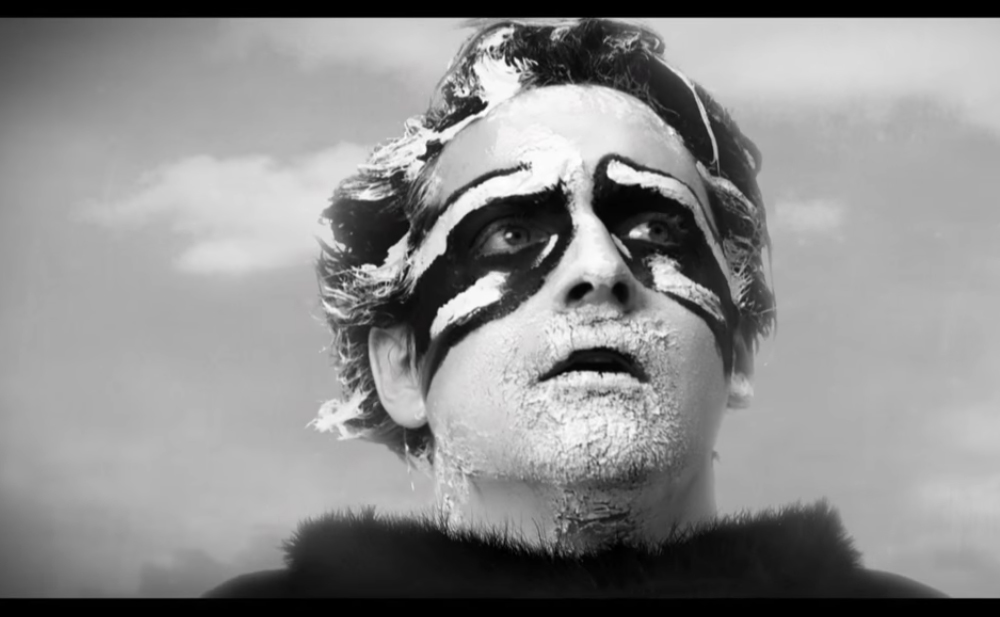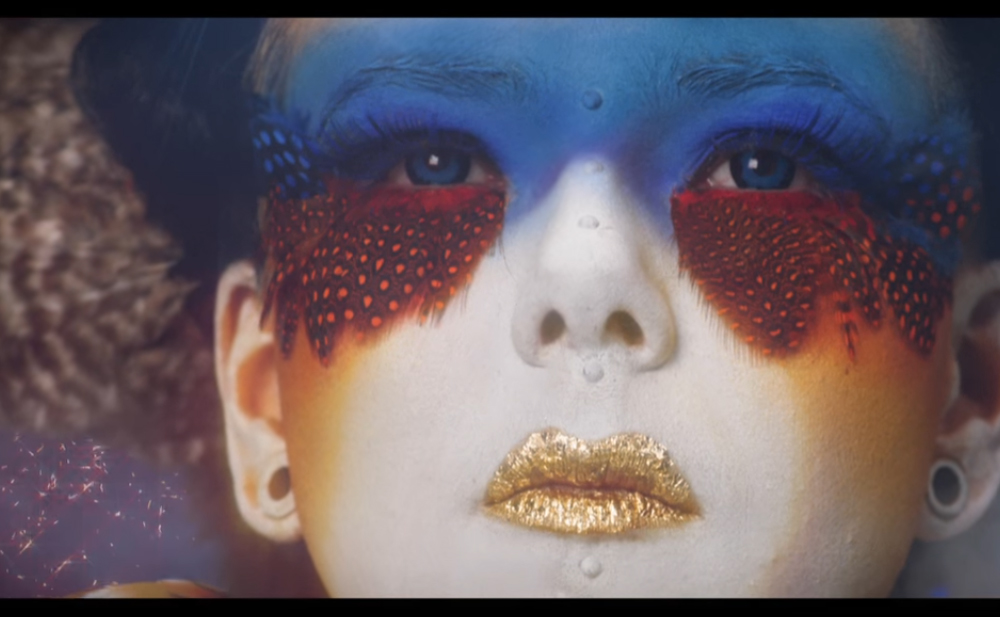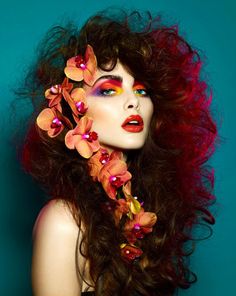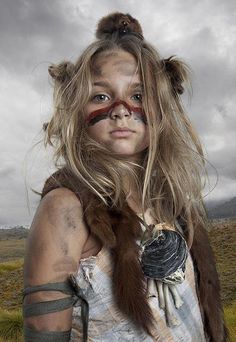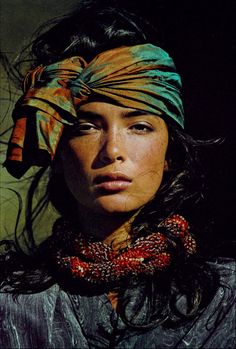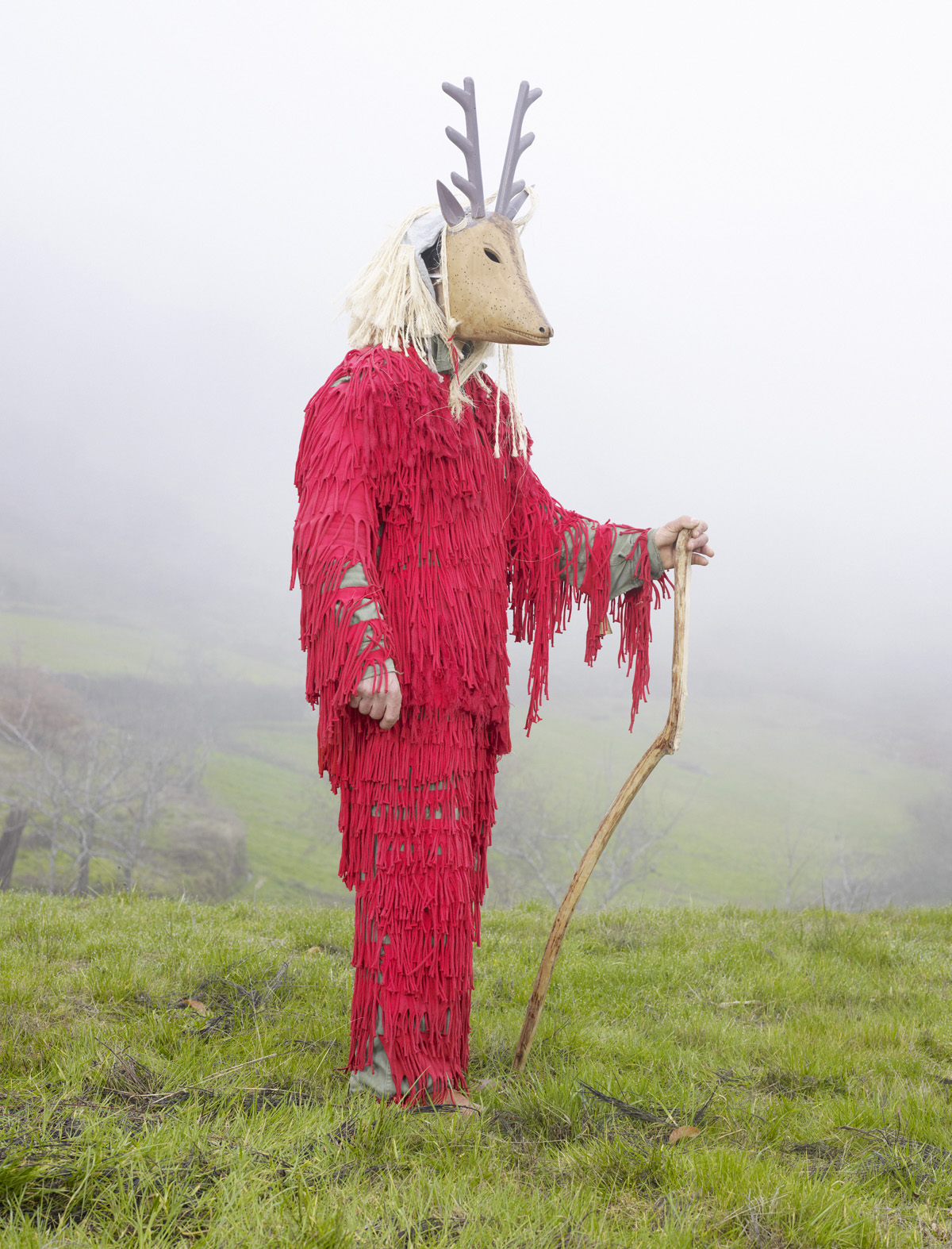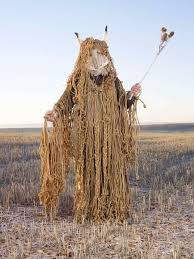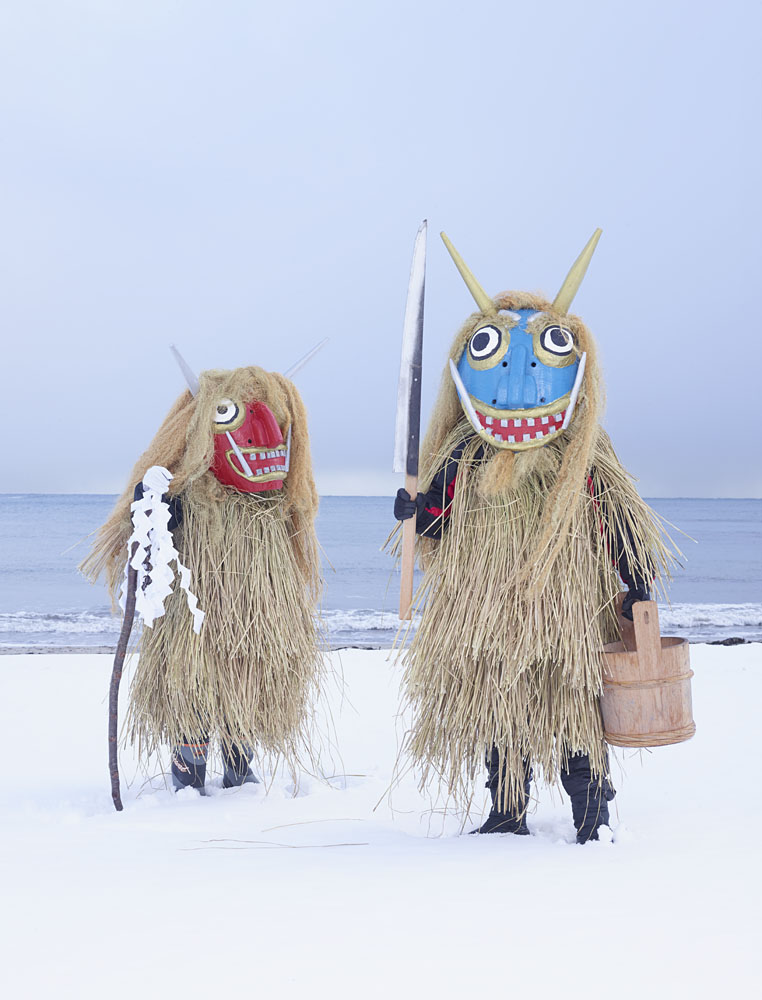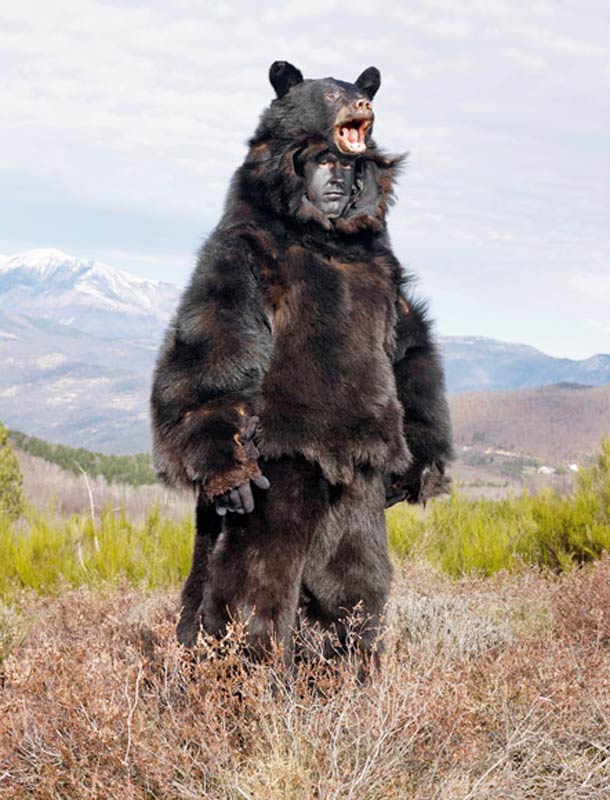So in thinking about the new direction that my work is going to begin to go in revolving around the inspiration of Yury Toroptsov’s work of taking photographs at night, i also wanted to consider the impact of association. With Toroptsov’s work, the way in which the audience interprets the work is significantly influenced by the title “The house of Baba Yaga”. In knowing this story and all its creepy details we began to project our own impressions of these stories onto Toroptsov’s photographs. I think this becomes even more significant in considering how this story in particular is more of a tale then a real story in how it can vary depending on who’s telling it as it has been passed on by word of mouth. There is no official one version of this story, instead there are loads of different versions which all come together to create an overall impression in which you can take from the story what you want. This lack of a defined story causes individuals to be able to imagine in more detail the different elements of the story and in a sense gives the imagination more creative license. I think a child’s imagination takes this form as well, the ability to completely make a story their own from a basic well know story into a complete crazy spin off which is there own adventure.
Below are some of the books that i remember reading as a child and influencing games i played. If i’m honest there were sooo many more that i can’t even remember because the games would change depending on what i had read that week or what films i had watched. I have always been a person who is absolutely obsessed with stories in absolutely any form. I am constantly watching films and dramas on tv, i love any kind of theater production and my room is filled with a ridiculous amount of books. While i think about it quite few of the games i played as a kid were based on CBBC shows. These days i constantly listen to audio books when doing my art work so i’m not distracted by looking at something but can still be listening to stories. This complete immersion in stories from an early age has defiantly influenced me and i think is one of the central reasons to why i built so many dens as children. I loved spending time outside and as i always had one of these stories on my mind i would pretend to be a character for hours and hours while building dens and living my life as these characters. I even have some of the random stories that i wrote as i played the games for a period. They however only reflect a very short period of my life playing in dens as it was a new notebook i wanted to just write in, normally i was too busy in the games world. I think the main thing about playing games is that i wanted to be someone else and to be in that magical world for a little while.
Below are the most rememberable of the stories that influenced my games:
- The spiderwick chronicles
- Golden Compass
- wolf blood
- Famous Five
- Doctor who
- M I High
- Lemonny Snickek
- Harry Potter
- Ink Heart
Below is a photograph of the book that i wrote some of my games in as i played them. I was given this book for my 6th birthday by my best friend so all the scriblings were written at around that time in my life. In quite a few entries i even wrote the exact date. Forgive my spelling as it has always been seriously terrible. I think it is quite interesting that this is the only book i have in which i wrote down stories that i played. I think this is mainly because i got so into the games that it never occurred to me to really record what i was doing. This book acted as a record of some of my games as well as a diary towards the end of just my everyday random actions. It was really interesting to read because in reading some of the things i wrote i actually remembered elements of my childhood that i had forgotten and even in some cases remembered playing that exact game.
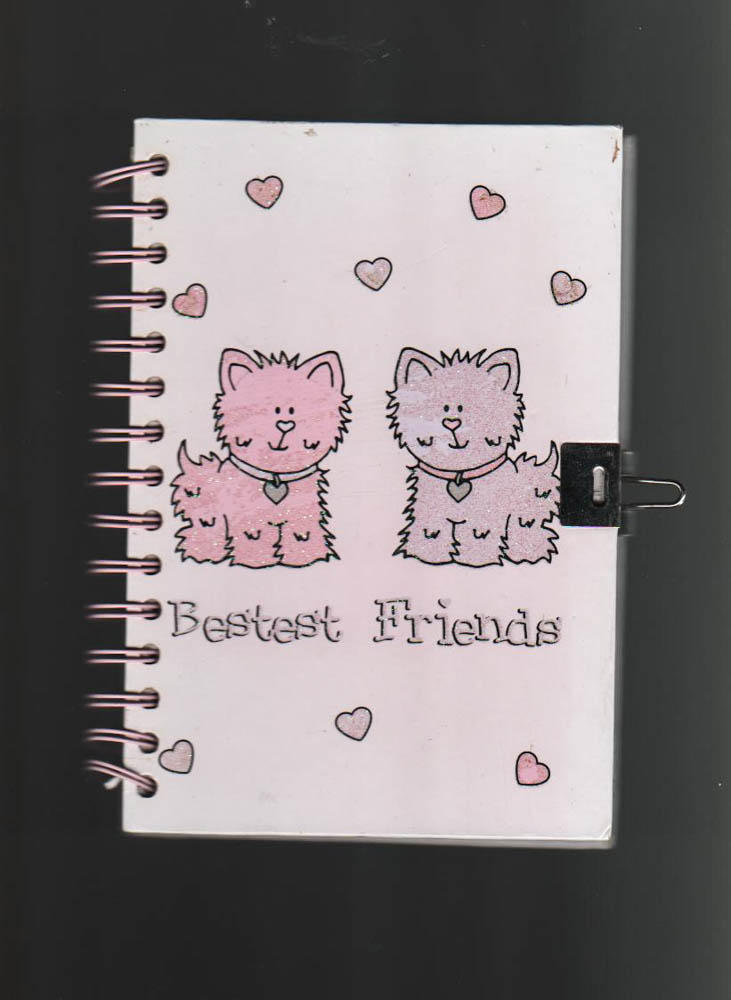

The above photograph i think is actually a really significant page of my scribblings. When i researched why children make dens one of the key reasons is because it gives them a degree of control in deciding who can go in the den and who is privy to the secret of the den. I wrote directly in this book in which i recorded my games within my den the list of people who were allowed in them, even using the word “invitation”. (though spelt horribly wrong) I think this conveys the almost sacred nature of these games and dens, that to the children who make them they are seriously significant. One of the main things i found out in my den research was this notion of no adults and only select children. Children like the independence of being able to choose who they allow in their dens as it gives them a power to exercise their own control and make their own choices. That is essentially what i was doing with this list, making my own decisions about who i would allow in my dens. I think it could be quite significant to come back to this notion of inclusion and exclusion when considering my dens and why children build them. It can be in a sense taken as quite a nasty feature that some people are allowed and others not. When considering it now slightly older it was perhaps really harsh but then when i really think about it i think it was more about adults against kids rather then excluding other children. I think this could be quite a key entry to consider in putting my work together at the end in a final display of images.
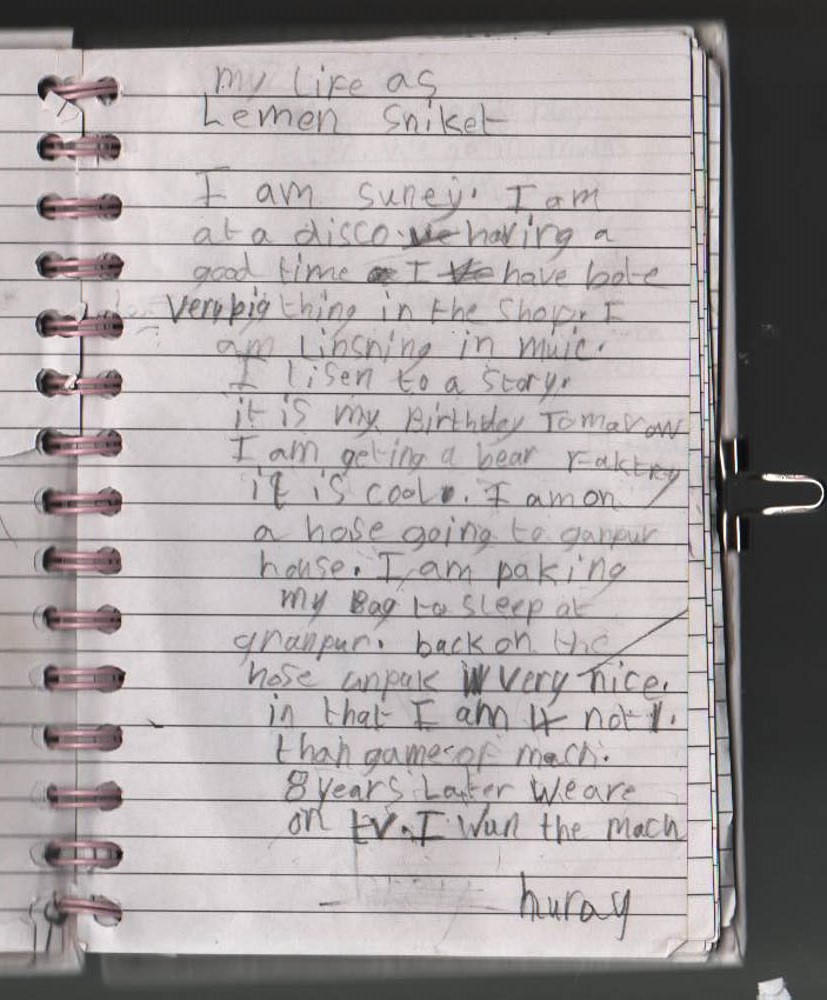
As you can read above all of these entries make very little sense in following a coherent plot line and are the crazed, terribly spelt rabblings of a 6 year old. I think however that it is interesting to consider them in relation to the dens to give an idea of the type of games i used to play. The main concept of the games seems to be that i just take the characters and their characteristics and then develop the game completely away from the normal story line. I think this is quite important in leading on from the consideration of Toroptsov’s work as the “Baba Yaga” story develops out and is exaggerated from the original story each time it is retold. My games revolved around the same concept of taking the basics and then making it into my own story.
Below you can see more of an exact diary entry within the same book. The way i arranged the book was to have the front of the book as my games for my dens as we played them and then at the back of the book i had diary entries of my everyday life. Because i recorded both it is quite interesting to have them juxaposed opposite each other, the reality of my day Vs the fantasy. I think again if i come to use these writings in my final display of work then i could have these displayed together maybe as a contrast.
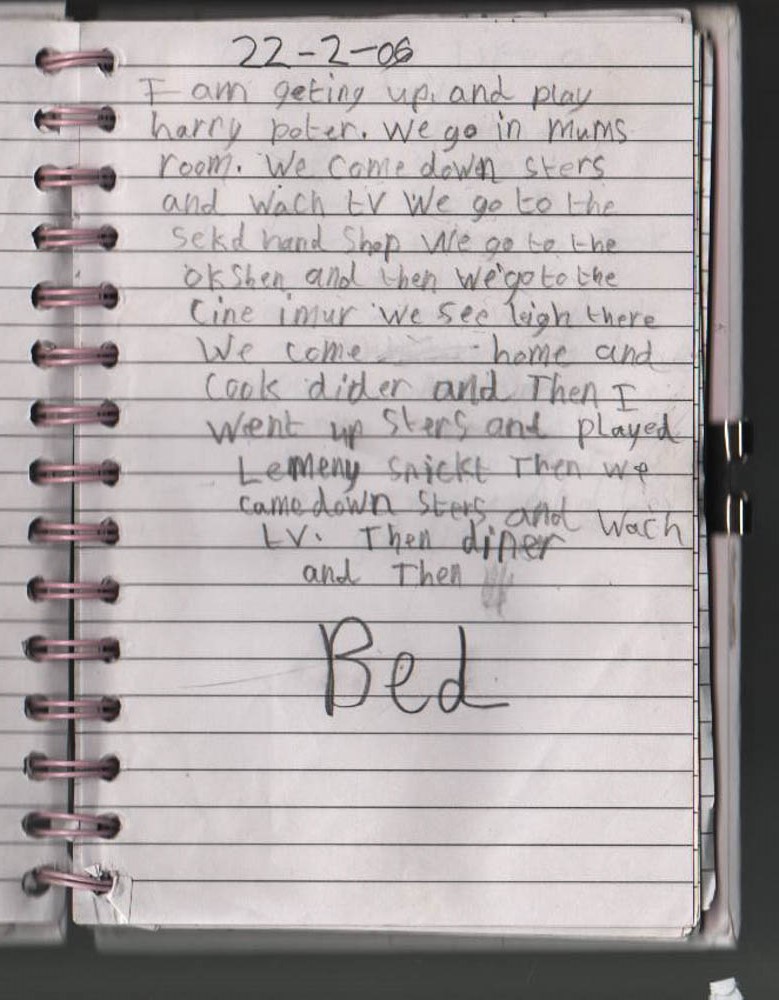
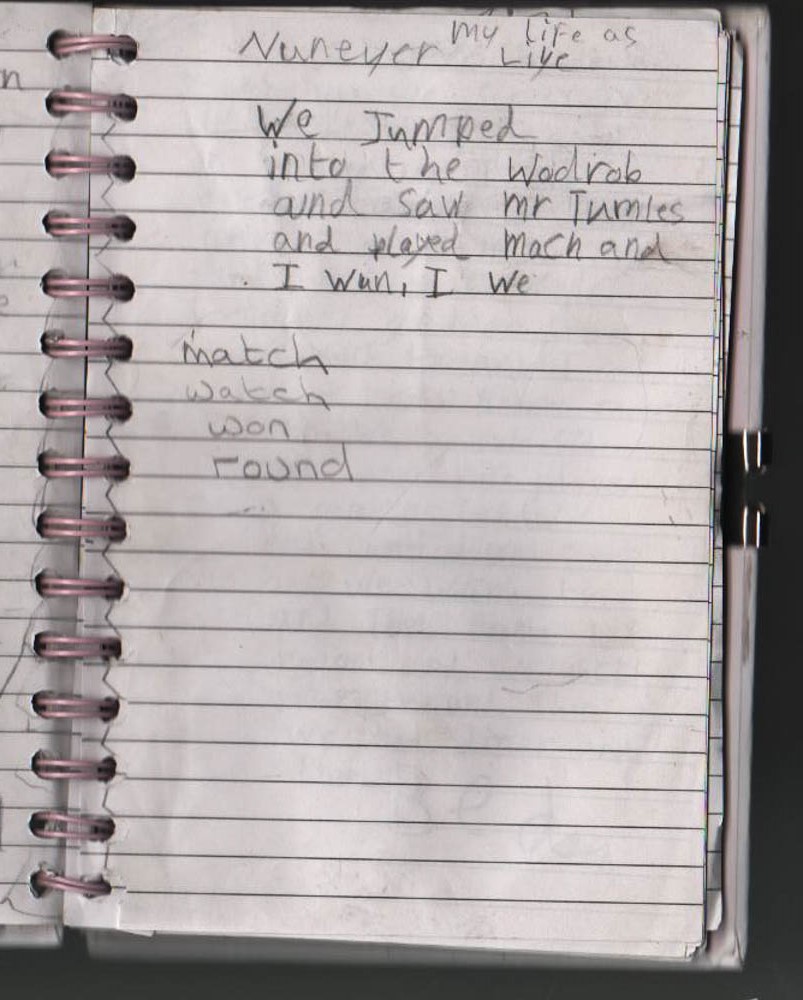
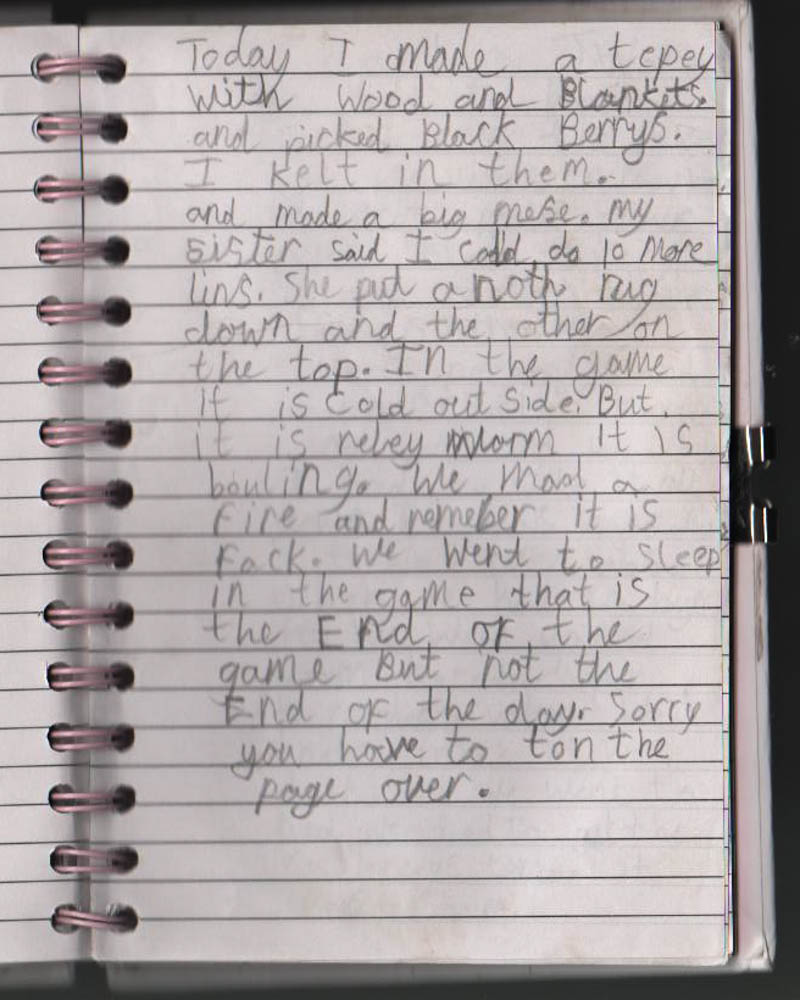
The entry above is also another key entry as in it i describe the difference between reality and the game. This entry was a really random one as it is written without a date, so not like the other diary entries but then it does discuss the reality of my day. I talk about here the building of a den in my garden and the contrast between the game world and the real world. I think this acknowledgment that we are playing a game and that the den is central to the game is a really important element to consider, particularly juxaposed with the other writings and the photographs of the dens themselves. It causes you to consider the boundaries of the games and where a child defines these boundaries when playing the games. I had never really thought about it before but i always remember that when playing the games i would always go to sleep before the game could end and reality could begin again. The game world didn’t end until i fell asleep as that character to wake up in reality again. I think this is a really interesting concept that would be interesting to explore later on in more detail. The question is really did i think i was waking up to reality or how much of the game did i carry on into real life? I remember as a really young child i really wanted to be able to do magic to the point where i almost convinced myself i could. Where did i draw the lines? All this began with the building of the den to create a place in which this character could live. Could it in a sense be interpreted as the building of the dens was to make physical a corner of my mind in which i wanted to be this character? That the building of the den gave me a space and a time and place in which pretending to be this person was okay? Obviously children are very influenced with role models and the people they surround themselves with so was i in a sense trying out all these different personalities by pretending to be these characters?

These next set of writings change again to become chapters, almost as if i am writing the game as a book but then towards the end of chapter 4 reality and fantasy mix again and i bring in what i actually was doing. This mix of the two is really intriguing particularly when you read it. I always write about how the day has ended within the game but in reality the real day is still going.

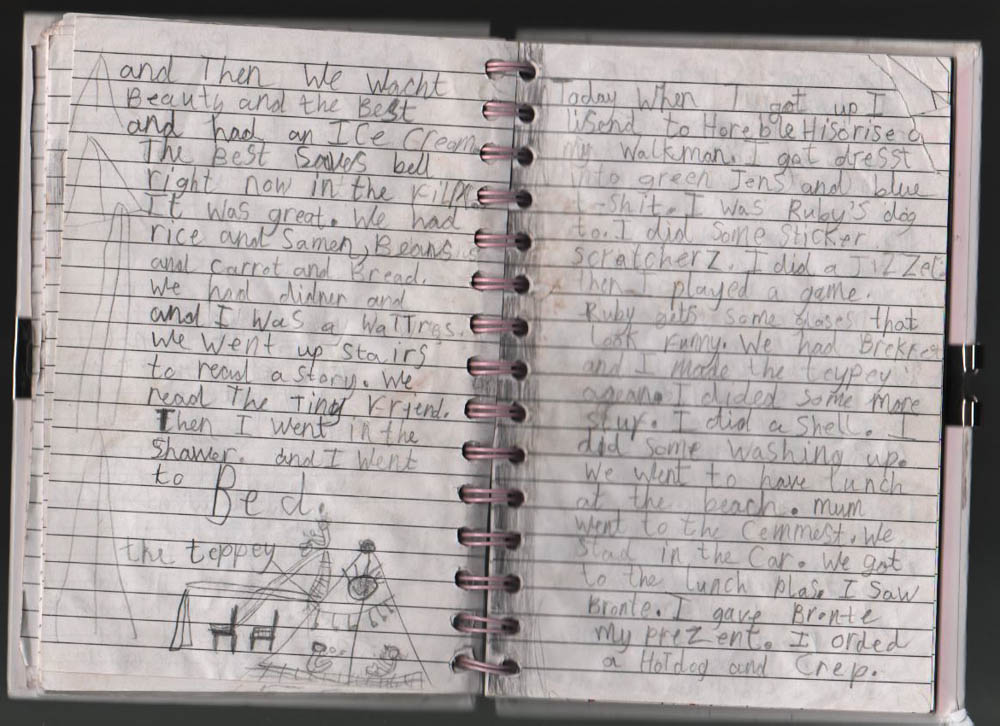
In the above extract there is a drawing of the exact tepee that is in the game and i also mention the process of rebuilding it. As many of the dens were built from blankets, every time we wanted to re-create a game we need to re-build the den as we had to take it down and put everything away at the end of the day. That was one of the conditions of den building. My mum would let us build dens where ever you wanted and out of whatever we wanted as long as we put all the blankets and stuff back where we found them at the end of the day.

After re-reading all these ramblings of my den building i defiantly want to incorporate these writings into my project somewhere. I think juxaposed with the photographs they create a really interesting element to the dens which wasn’t previously a part of the photographs. As the photographs of the dens themselves are devoid of any people, these childish ramblings create a voice to the dens and begin to tell a story about their creation. I think i also really want to explore this difference between the reality of the den and the fictional world of the den. I think that i might try and do this through art, illustrating the den to include elements of the story world actually within the photograph. I might not be able to do this for all the dens but it is defiantly an idea that i want to explore. Like with Toroptsov’s photographs being associated with Baba Yaga has such a massive influence on how you perceive the photographs i want these writing to cause people to question my photographs or at least interpret them in a different way. If you just saw the photographs themselves you may not consider how they are childhood dens being made, but the writings and ramblings of these photographs convey that the dens are childish through handwriting ect. I think they add a valuable element to the photographs to make people interpret them in more depth.




